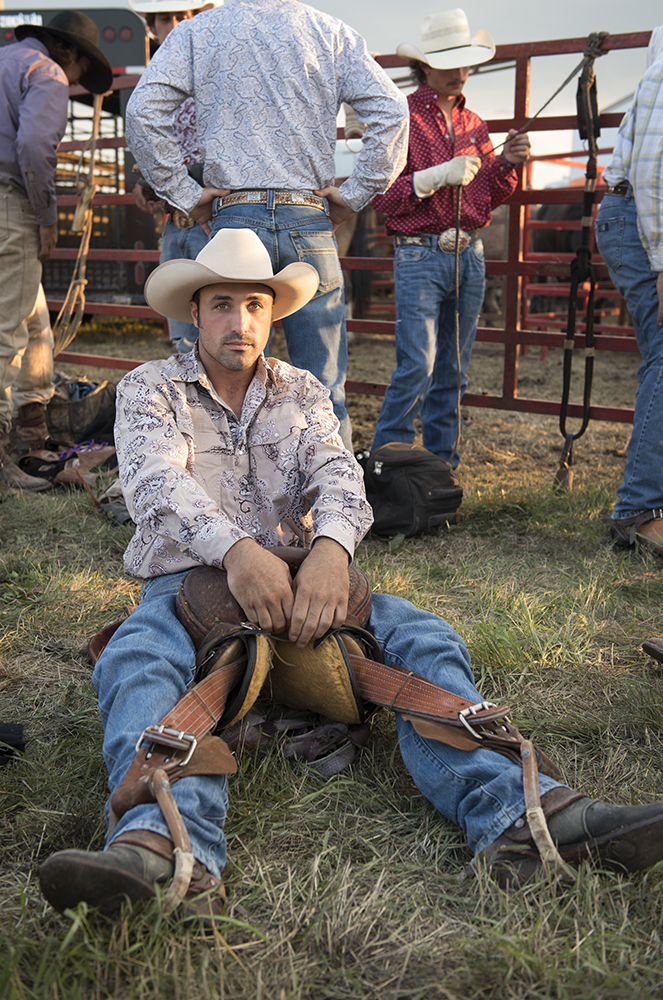On July 1st I will be leading a workshop in at the Belmond Art Center about creating visual meaning with portraits. When I make a portrait, I hope to reflect something of my subject's experience in the world, although it is always interpreted through my ideas. Part of our workshop discussion will center on ways we create connection with our subjects, whether they are loved ones or people we are meeting for the first time. The process of making a picture plays an important role in the resulting image. I find the best pictures happen when I let go of attachments to the outcome. It's like the magic shows up when I release my notions of how something should look.
Uprooted will be on view July 1 - July 31 at the Belmond Art Center, 1179 Taylor Ave, Belmond, Iowa, 50421. Email me for workshop details.





